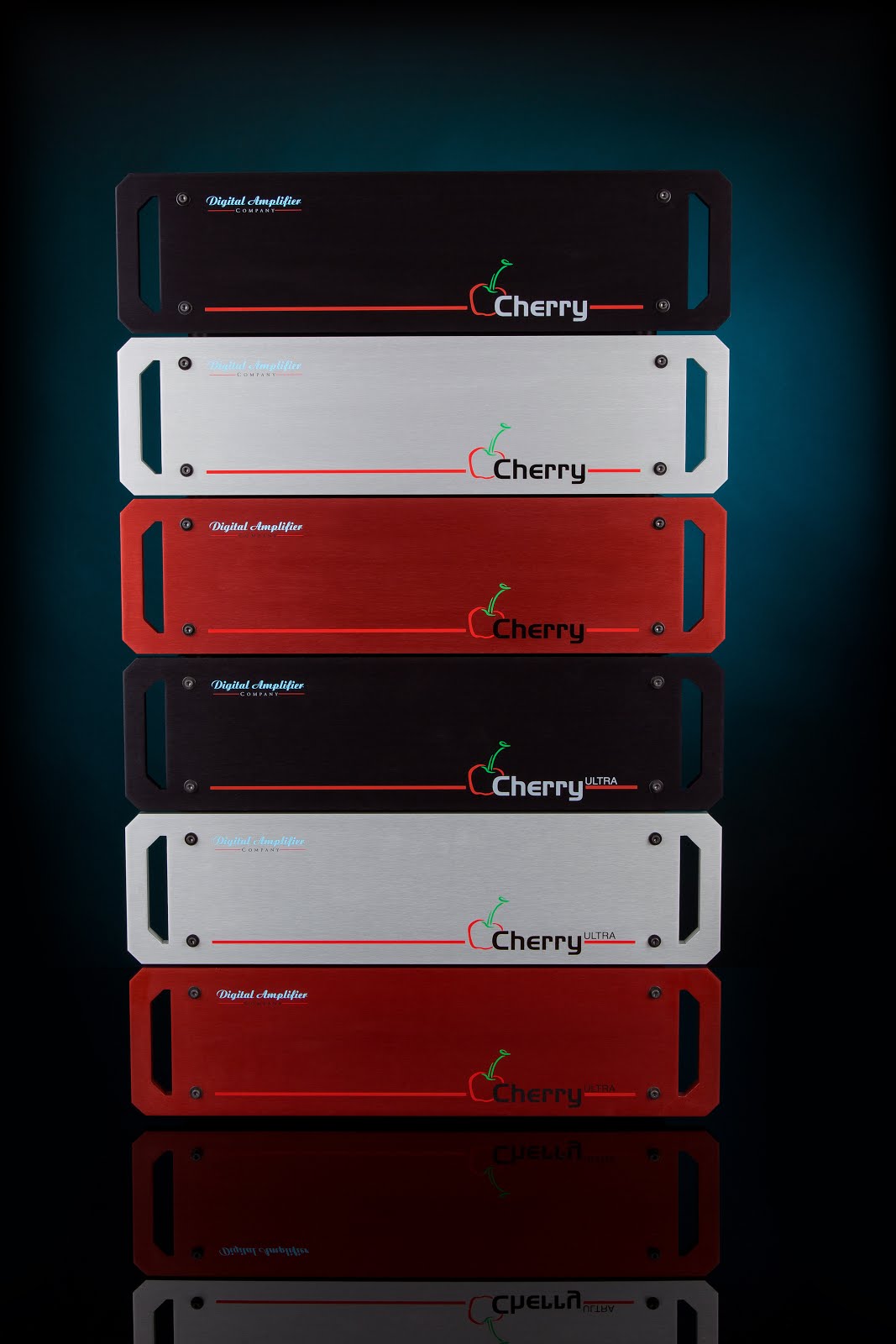The DAC4800A and Cherry are designed to tolerate large AC mains fluctuations so you shouldn't need any line conditioning (save some money there). In fact, these amps even tolerate brief brown outs, playing through them without any noticeable effect.
Audio Amplifier Related Topics
The DAC4800A and Cherry are designed to tolerate large AC mains fluctuations so you shouldn't need any line conditioning (save some money there). In fact, these amps even tolerate brief brown outs, playing through them without any noticeable effect.
Regarding "folding down", this is called aliasing and is explained by sampling theory. Here is a basic explanation:
http://en.wikipedia.org/wiki/Nyquist%E2%80%93Shannon_sampling_theorem#Aliasing
Aliasing only happens when the waveform is sampled, which is not the case for a switching amplifier output driving a loudspeaker. The time domain output waveform of a switching amplifier (after the output filter) has switching ripple superimposed on top of the audio. The ripple is ultrasonic, so it is not heard. The mechanical limitations of loudspeakers do not allow this superimposed waveform to enter the room, not that it would matter anyway, as long as the switching frequency (Fsw) is high enough (>100KHz). Most switching amps change states (switch) at a rate of 350KHz or greater. Higher switching rates cause additional EMI and lower efficiency, and lower rates are harder to filter. The power dissipated in the loudspeaker by the ripple is typically a few milliwatts.
In order to accurately measure the performance of a switching amplifier, a filter that removes most of the ripple is usually placed between the amplifier under test and the measurement device. Such a filter requires flat response out to 20KHz or greater, but a rapid fall-off by the 100KHz range. Attempting to measure a switching amplifier without such a filter can drive the measurement equipment nuts as it tries to sync to the amplifier's output ripple instead of the audio signal.
